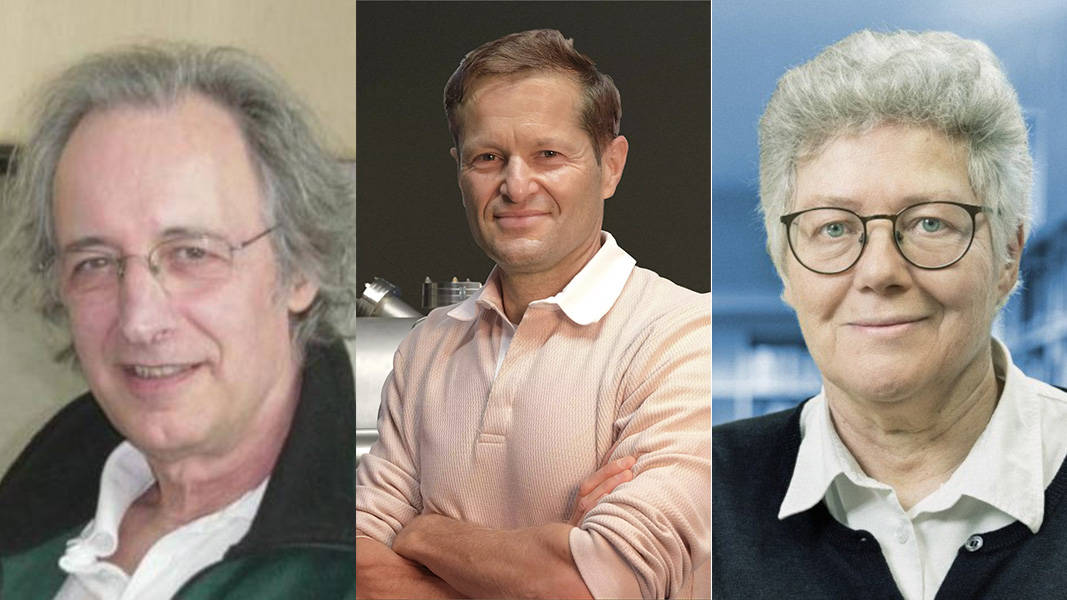Frenchman Pierre Agostini, Austrian-Hungarian Ferenc Krausz and Franco-Swedish Anne L’Huillier won the Nobel Prize in physics on Tuesday for the study of the movement of electrons within atoms and molecules.
The researchers were recognized for creating “extremely short pulses of light that can be used to measure the rapid processes by which electrons move or change energy,” the jury explained.
The attosecond is relative to the second, what the second represents relative to 30 billion years.
The trio “demonstrated a way to create extremely short pulses of light that can be used to measure rapid processes in which electrons move or change energy,” the jury added.
“The winners’ contributions have made it possible to study processes so fast that it was previously impossible to follow them,” he continued.
Pierre Agostini is a professor at Ohio State University in the United States, while Ferenc Krausz is director of the Max Planck Institute in Germany.
Anne L’Huillier, only the fifth woman to receive this prize since its creation in 1901, is a professor at Lund University in Sweden.

“I’m really excited (…). There aren’t many women who receive this award, so it’s very, very special,” said L’Huillier, who received the call from the Royal Swedish Academy of Sciences in the middle of the course. “It was difficult” to finish it, he admitted.
The winning trio will receive 11 million Swedish crowns (about $1 million) and the prize from King Carl XVI Gustaf of Sweden at a ceremony in Stockholm on December 10, the anniversary of the prize creator’s death in 1896 Alfred Nobel.
Last year, the Swedish Academy rewarded the Frenchman Alain Aspect, the American John Clauser and the Austrian Anton Zeilinger, pioneers of the revolutionary mechanisms of quantum physics.
On Monday, the Nobel Prize in Medicine was awarded to the Hungarian Katalin Karikó and the American Drew Weissman for their work in the development of messenger RNA vaccines, decisive in the fight against covid-19.
The Nobel Prize announcement season will continue with the Chemistry Prize on Wednesday, the Literature Prize on Thursday and the Peace Prize on Friday, from Oslo. Monday October 9 will be revealed the economics prize, the last to be created.
Other Nobel Prize winners in physics
2022: Alain Aspect (France), John Clauser (United States) and Anton Zeilinger (Austria) for their pioneering work in the field of quantum mechanics.
2021: Syukuro Manabe (United States-Japan) and Klaus Hasselmann (Germany) for their work on climate models, and Giorgio Parisi (Italy) for their contributions to the study of the interaction of disorder and fluctuations in systems physical.
2020: Roger Penrose (UK), Reinhard Genzel (Germany) and Andrea Ghez (US) for their research on black holes.
2019: James Peebles (Canada-United States) for their discoveries explaining the evolution of the universe after the Big Bang, and Michel Mayor and Didier Queloz (Switzerland) for revealing the existence of a planet outside the system solar.
2018: Arthur Ashkin (United States), Gérard Mourou (France) and Donna Strickland (Canada) for their groundbreaking research in the field of laser physics.
2017: Rainer Weiss, Barry Barish and Kip Thorne (United States) for the observation of gravitational waves which confirm a prediction made by Albert Einstein in his theory of general relativity.
2016: David Thouless, Duncan Haldane and Michael Kosterlitz (United Kingdom) for their research on topological insulators, “exotic” materials which could make it possible to create super-powerful computers in the more or less near future.
2015: Takaaki Kajita (Japan) and Arthur McDonald (Canada) for establishing that neutrinos, elusive subatomic particles, have mass.
2014: Isamu Akasaki, Hiroshi Amano (Japan) and Shuji Nakamura (United States), inventors of the light-emitting diode (LED).
*With information from AFP.


